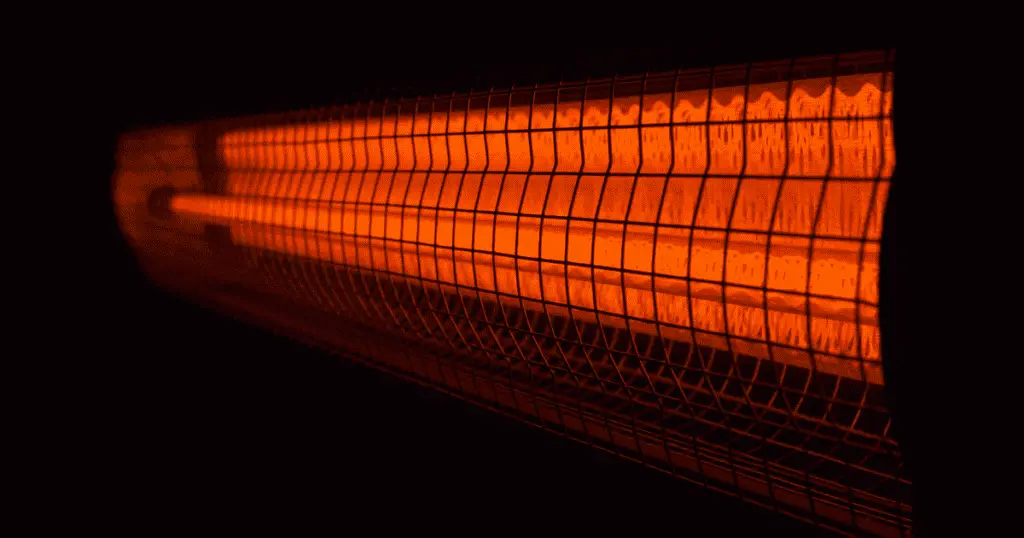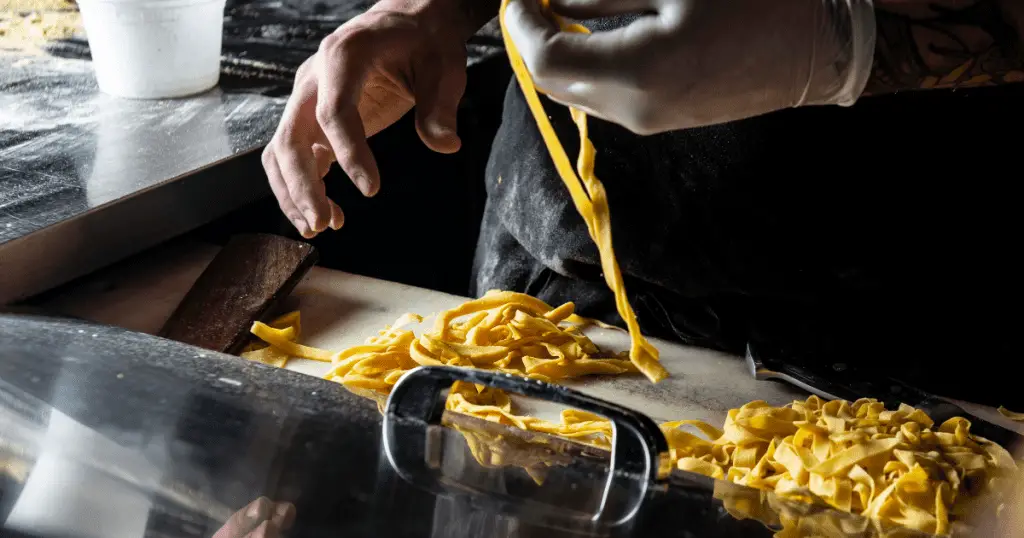If you are new to smithing, particularly in the field of blades, you may be a little confused about the different types of steel that you can use to make knives and swords. Different types are usually distinguished by numbers, such as the very common 5160 and 1095 steel designations. But what is the actual difference?
Make no mistake, while both types of steel can be used for blades, the qualities they offer are quite different. 5160 and 1095 are both carbon steel. However, 1095 has a higher carbon concentration, making it “harder” steel with better edge retention and corrosion resistance. However, this does not mean that 5160 is inferior in every situation.
Understanding Different Elements of Steel
Based on what you read above, you may be inclined to believe that 5160 is inferior steel to 1095 when it comes to making blades. But really, it comes down to what type of blade you plan on making and what type of environment that blade is going to frequently find itself in.
For instance, there is a difference between “hardness” and “toughness” when it comes to steel, which many novices find confusing. The harder steel is, the easier it is to sharpen and the better its edge retention. But the tougher the steel is, the more durable it is overall, and the less likely it is to suffer damage like bends and breaks.
Unfortunately, these two qualities don’t like to mingle very much. Harder steel may make for a sharper edge, but the lack of flexibility means it is more likely to snap when facing extreme amounts of force. “Softer” steel such as 5160 does not keep its edge very well, but the increased flexibility makes it less likely to break.
What this means is that the different types of steel are both equally viable for making a blade: which option is superior depends on the type of blade you are making.
Strengths and Weaknesses of 5160 Steel
Truthfully, 5160 and 1095 are actually pretty similar to one another, in the sense that they’ll perform pretty similar in most regards. They are both carbon steel, with 1095 having more carbon, but they are also both pretty bad when it comes to corrosion resistance. Both types of steel corrode easily, to the extent that most people wouldn’t notice a difference.
The main difference that matters as far as blades are concerned is the aforementioned difference in toughness and hardness. 5160 is not as hard as 1095, but it is more flexible. This makes it ideal for blades that are going to see heavy use.
For instance, a chopper: such knives need durability more than they need sharpness and edge retention, as they will often be repeatedly smacked into tough surfaces that would wear down the edge anyway. In such knives, precision is rarely the issue, and you care more about your knife holding up to the physical demands.
This is the ideal type of knife for 5160. But if you were making a knife where sharpness was the most important thing, 1095 would be better.
Buy 5160 Steel on Amazon here.
Ideal Knives for 1095 Steel
Generally speaking, when you have a blade that is designed to cut very well, you won’t actually use it in a way that abuses the edge. You’ll often be cutting things that aren’t going to do much edge damage, and precision and ease of cutting are more valuable than durability since these knives don’t face much heavy abuse in the first place.
Take, for instance, an average kitchen knife that you might slice meat with. That kind of knife doesn’t need to take a beating, it just needs to slice cleanly and effortlessly through food. A very sharp edge is the preferable quality in that scenario, and thus, 1095 would be the better steel to make that knife out of.
Basically, ask yourself this simple question: “What matters more? That this knife is sharp, or that this knife is tough?” By answering that, you can easily determine which steel is better for that knife.
These Differences are Not Everything
Make no mistake, there are obvious pros and cons to these types of steel, and each one would be better for certain goals. But it’s not like you have to adhere to this, lest you produce a crap quality knife.
A chopper made of 1095 isn’t going to snap in half on the first swing, and a kitchen knife made of 5160 isn’t going to blunt after a day of use. One steel might be better than the other in a certain niche, but the other steel can still fulfill that niche in a very acceptable manner.
Furthermore, other elements of the smithing process, such as your heat treat, will affect the performance of the knife more than the steel itself will. Picking the best steel is important, but it doesn’t make or break the knife in most cases.



